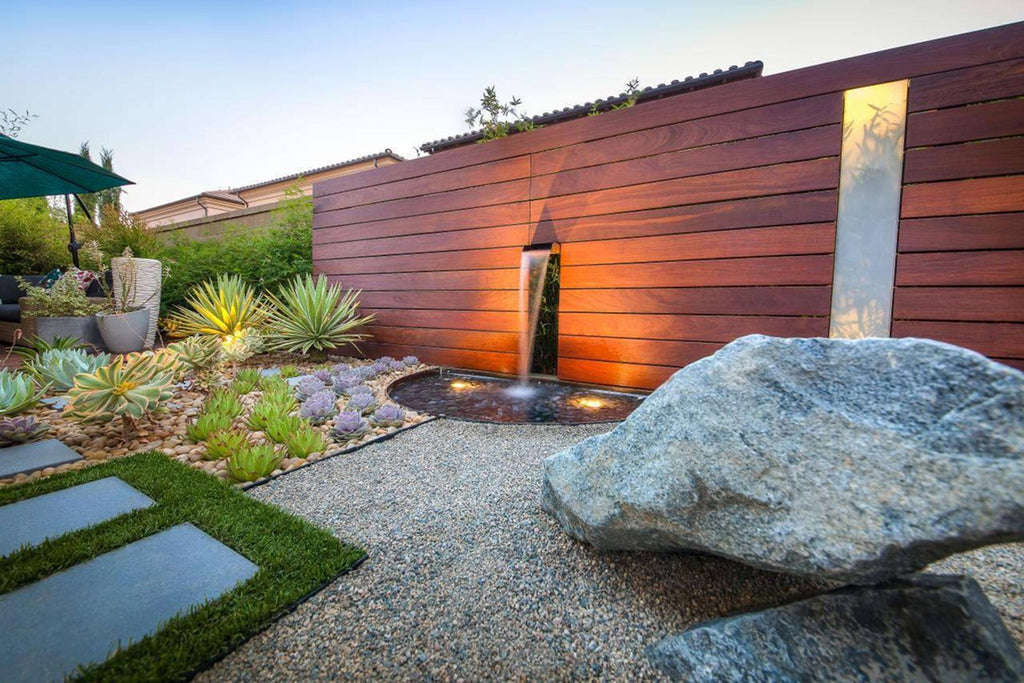In recent years, metal art with motion has gained significant attention and popularity among art enthusiasts and industrial manufacturers alike. This innovative art form combines the beauty and durability of metal with the captivating element of motion, creating dynamic sculptures that transform any space they inhabit. Whether it’s a garden, a commercial establishment, or a public space, these artworks add an element of surprise and intrigue.
The allure of metal art with motion lies in its ability to captivate the viewer’s attention. Unlike static sculptures, these pieces move and change, creating a dynamic interaction with their surroundings. This interaction is often influenced by natural elements such as wind or water, making each viewing experience unique.

The Evolution of Metal Art with Motion
The concept of art that moves is not new. However, the integration of motion with metal art has evolved significantly over the years. In the past, kinetic sculptures were primarily mechanical, relying on gears and motors. Today, artists have embraced new technologies and materials to create pieces that are both visually stunning and technically advanced.
Inspiration from Nature
Many artists draw inspiration from nature when creating metal art with motion. The gentle sway of a tree in the breeze or the rhythmic flow of water can be mirrored in the movement of the sculpture. This connection to nature not only enhances the aesthetic appeal of the art but also creates a sense of harmony between the sculpture and its environment.
Technological Advancements
With advancements in technology, artists have more tools at their disposal to bring their visions to life. Techniques such as laser cutting and 3D printing allow for precise and intricate designs, while modern materials like stainless steel and aluminum ensure durability and longevity. These advancements have expanded the possibilities for metal art with motion, allowing artists to push boundaries and create ever more complex and engaging pieces.
Applications and Benefits
Metal art with motion is not limited to traditional art spaces. Its versatility and dynamic nature make it suitable for a wide range of applications. From enhancing public spaces to adding a touch of elegance to private gardens, these sculptures can transform any environment.
Enhancing Public Spaces
In urban environments, metal art with motion can breathe life into otherwise mundane spaces. Public parks, plazas, and transportation hubs can be transformed into vibrant areas of interaction and engagement. These installations not only beautify the space but also encourage people to stop and appreciate the art, fostering a sense of community and cultural appreciation.
For more ideas on incorporating metal art into public spaces, check out this article on metal yard art ideas.
Private Gardens and Residences
For homeowners and garden enthusiasts, metal art with motion offers a unique way to personalize outdoor spaces. Imagine a garden adorned with metal wind spinners or a courtyard featuring a kinetic sculpture that dances with the slightest breeze. These pieces not only serve as focal points but also create a serene and meditative atmosphere.
To explore more about incorporating metal art into garden spaces, you might find artistic metal edging inspiring.
Commercial and Corporate Spaces
Businesses and corporations are increasingly recognizing the value of incorporating metal art with motion into their environments. These sculptures can enhance a brand’s image by showcasing innovation and creativity. In addition, they provide a unique talking point that can engage clients and visitors.
Challenges and Considerations
While the benefits of metal art with motion are numerous, there are also challenges and considerations to keep in mind when commissioning or creating these pieces.
Durability and Maintenance
One of the primary concerns is ensuring the durability and longevity of the sculpture. Since many of these artworks are placed outdoors, they must withstand various weather conditions. Artists need to select materials and finishes that can endure exposure to the elements without compromising the piece’s integrity.
Technical Complexity
The technical complexity involved in creating metal art with motion can also be a challenge. Artists must have a deep understanding of mechanics and engineering to ensure that the motion is smooth and sustainable. This often requires collaboration with engineers and other specialists.
Looking to the Future
The future of metal art with motion is bright and full of possibilities. As technology continues to advance, artists will have even more tools and materials at their disposal. This will lead to more innovative and awe-inspiring creations that continue to captivate audiences worldwide.
For those interested in learning more about creating their own metal art, the article on making abstract metal garden art is a great resource.
Conclusion
Metal art with motion represents a fascinating intersection of art, technology, and nature. Its ability to engage and inspire makes it a valuable addition to any space, from public parks to private gardens. As artists continue to explore and innovate, the possibilities for this art form are endless, promising a future filled with even more captivating and dynamic pieces.

FAQs
What materials are commonly used in metal art with motion?
Common materials include stainless steel, aluminum, and other durable metals that can withstand outdoor conditions.
How do artists create motion in their sculptures?
Motion is often achieved through mechanical components, natural elements like wind, or a combination of both.
Can metal art with motion be customized for specific spaces?
Yes, many artists offer customization options to tailor the artwork to the client’s specific space and aesthetic preferences.
This article contains affiliate links. We may earn a commission at no extra cost to you.

